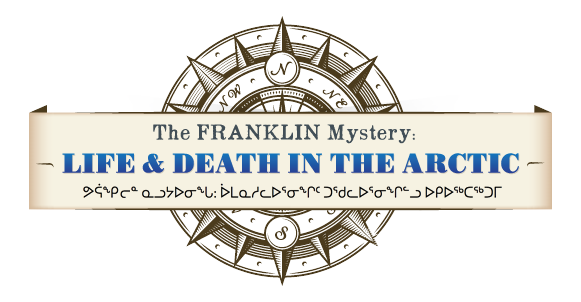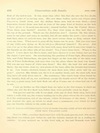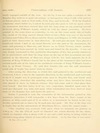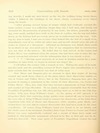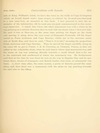Hall Interviews Innookpoozhejook (1879)
July 5, 1869.— Another short interview with In-nook-poo-she-jook this morning about ten o'clock, just before he and the Innuits started off on a sealing excursion. Ar-mou assisted me in this brief talk, as Joe and Hannah were both busily engaged outside of the tent. By the by, I can use quite a number of the Repulse Bay natives to good advantage as interpreters when I talk with natives of distant places, such as Neit-chille, Pelly Bay, and Ig-loo-lik. With the EngIish Admiralty chart before us, I ask In-nook-poo-shee-jook again where the monument had been erected that had the long stone on top pointing toward Ki-ki-tuk (King William's Land), which he told me about yesterday. He then pointed to the same place as yesterday, to wit, on the coast south side of Inglis Bay, south of the long narrow island which is but a little way east of the mouth of Castor and Pollux River, discovered by Dease and Simpson in 1839, the terminal point of their discoveries in that direction. In-nook-poo-she-jook then placed a board-nail which I had in my hand directly over the spot of the monument, the same nail pointing to Shar-too, and thence on to Point Victory, where another monument had been erected by white men and found by the Innuits. I was not only deeply interested in this particular description of his, but greatly surprised, for he particularly said that the long stone on the top of that monument not only pointed in the direction of Shar-too (Cape Colvile, low land opposite the S. E. extreme of King William's Land) but to the place of the monument that had been erected north side of the inlet at the northwest extreme of King William's Land — that is, at Point Victory. He said that Innuits who saw the said monument south side of Inglis Bay noted what he states.
After seeing the direction in which this nail pointed to the northward and westward, I drew a line in the opposite direction, to the southward and eastward, to see if it might not, if prolonged, come near to Repulse Bay, and found such to be the fact; therefore, the pointing stone may have been intended by those who placed it there to indicate whence they had come and to what place they were bound. But this latter is of my own conjecture, founded upon what In-nook-poo-she-jook has told, and upon what information has been derived from some of the Repulse Bay and Ig-loo-lik natives.
Before I proceed to note the remainder of the information gained in this morning's interview, I will transcribe a few lines from Dr. Rae's report of his journey of 1854 — such part of it as refers to a monument he found in the very locality pointed out as above by In-nook-poo-shee-jook. Dr. Rae at the time was in Inglis Bay at the embouchure of Murchison River ; when the report reads:
"The weather was overcast with snow when we resumed our journey at 8.30 p.m. On the 27th of April we directed our course directly for the shore, which we reached after a sharp walk of one and a half hours, in doing which we crossed a long stony island of some miles in extent. As by this time it was snowing heavily, I made my men travel on the ice, the walking being better there, whilst I followed the windings of the shore closely examining every object along the beach.
"After passing several heaps of stones which had evidently covered Eskimo caches, I came to a collection larger than any I had seen, and clearly not intended for the protection of property of any kind ; the stones, generally speaking, were small, and had been built in the form of a pillar, but the top had fallen down, as the Eskimo had previously given me to understand was the case. Calling my men to land, I sent one to trace what looked like the bed of a small river, immediately west of us, whilst the other men and myself cleared away the pile of stones in search of a document. Although no document was found, there could be no doubt in my own mind and in that of my companion that its construction was not that of the natives. My belief that we had arrived at the Castor and Pollux River was confirmed when the person who had been sent to trace the apparent stream-bed returned with the information that it was clearly a river.
* * * "Having spent upwards of an hour in fruitless search for a memorandum of some kind, we began to retrace our steps," &c.
I will follow the extract with a remark or two. Taking the story of In-nook-poo-she-jook and the preceding extract of Rae's report into consideration, it is quite certain that the monument was that of white men.

